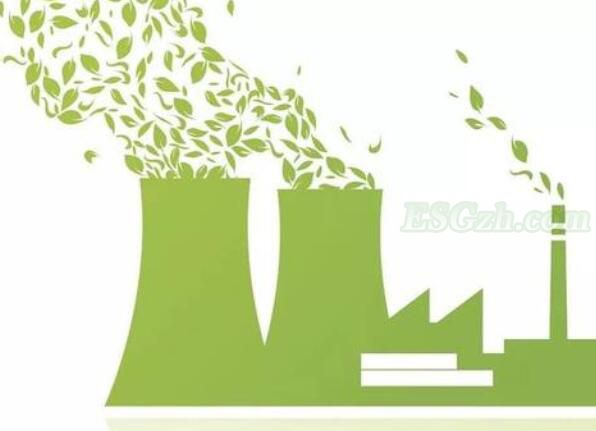

In the policy design of the carbon market construction, a core link is quota allocation.
In fact, in China's carbon market model, the most critical issue is not over-issued free quotas, but the allocation of quotas.
Compared with the carbon emissions trading mechanisms around the world, we can find that in the early stage of the carbon market construction, most of the carbon emission reduction quotas are mainly free, but the basis for determining free quotas for enterprises is different.
Tongji University School of Environmental Science and Engineering Liao Zhenliang pointed out that an important feature of the carbon emissions trading mechanism is to control the total amount of greenhouse gas emissions by setting an upper limit. If the total limit set is greater than the total emissions of the emission facility in the original production situation, it will lead to oversupply in the carbon market and fail to meet the emission reduction targets expected by the carbon emissions trading mechanism.
Generally speaking, a carbon emissions trading mechanism should set a clear upper limit of absolute emissions in order to achieve a better emission control effect. However, in China, on the one hand, the data basis for carbon emissions is poor, and the setting of total emissions depends on comprehensive basic information on carbon emissions and is determined through rigorous scientific calculations; on the other hand, China is still in the economy During the period of rapid development, carbon emissions will continue to increase in the future, and there will be greater uncertainty.
Therefore, Liao Zhenliang said that most of the domestic pilot regions have consciously or unintentionally avoided the key issue of the total emission cap when designing the carbon emissions trading system. In the relevant policy documents published, the pilot areas did not clearly set the total control target. The only anchor point is only defined by the national “Twelfth Five-Year Plan” for the reduction of carbon emission intensity of provinces, autonomous regions and municipalities.
Due to the lack of a hard constraint of “total control”, the pilot areas have more room for quota allocation.
Specifically, China's quota allocation model consists of two steps: pre-allocation and ex-post adjustment. At the beginning of the compliance period, the government first issued a certain proportion of pre-quota to the enterprise based on the output of the enterprise in the previous year. After the completion of the compliance period, the government will issue a second quota based on the actual output of the enterprise for the year. Complete the quota issuance in the previous cycle.
In the carbon emission trading mechanism of other countries or regions in the world, such as the European Union and the United States, quotas are issued only once at the beginning of the compliance period, and there is a clear absolute upper limit on the total amount.
The core difference between the two models is whether or not to adjust the quota according to output after the performance period is over.
